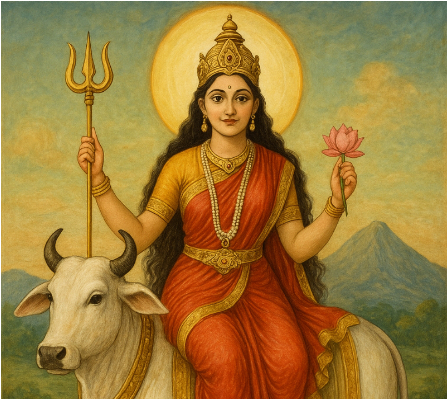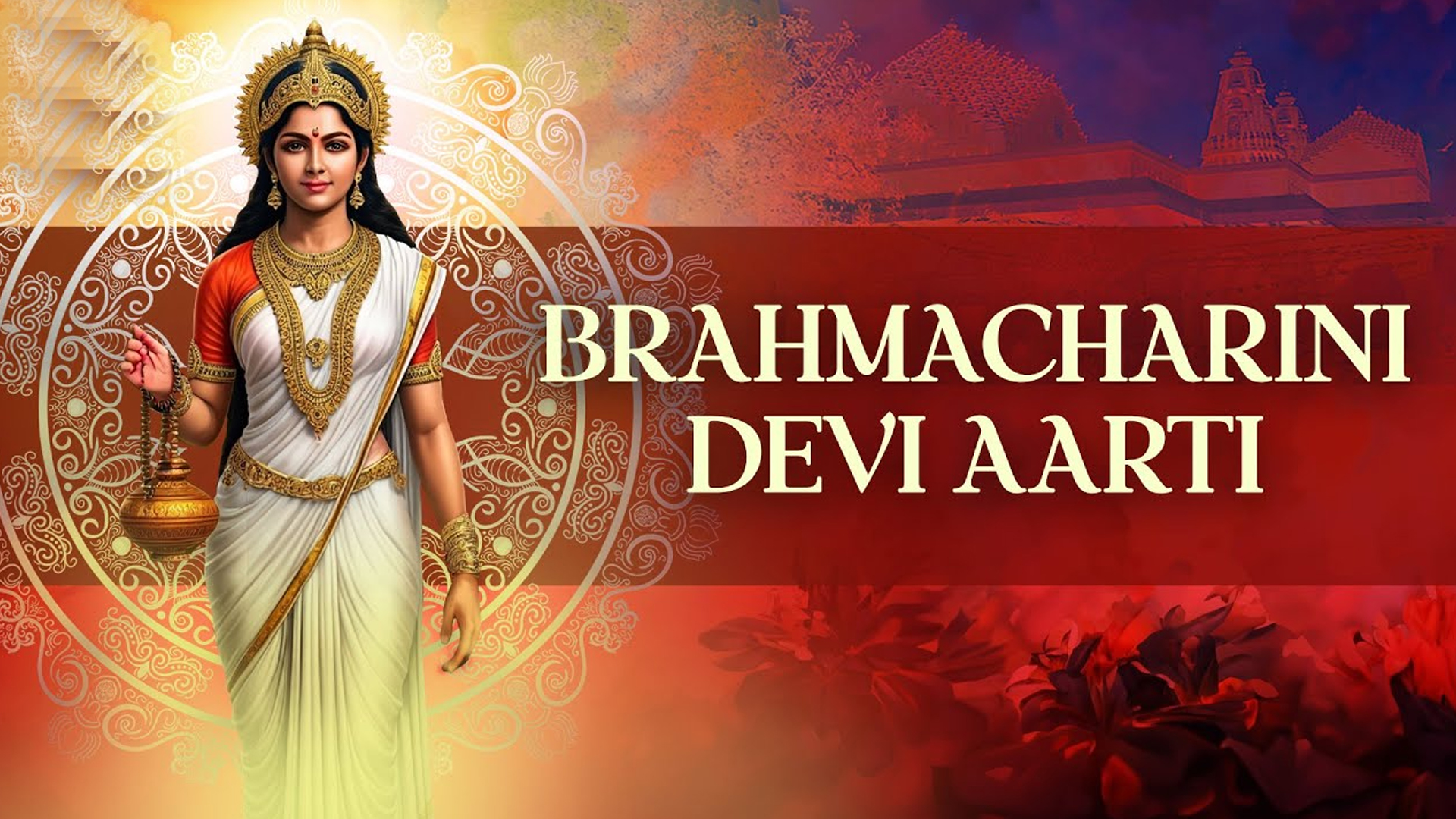Navratri 2025 Colours: Navratri 2025 will be celebrated from September 22 to October 2. Each of the nine days honours a form of Maa Durga, with a special colour symbolising her power, blessings, and divine energy
The vibrant festival of Navratri will be observed this year from September 22 to October 2, 2025, culminating with Vijayadashami (Dussehra). Over these nine auspicious days, devotees worship the nine manifestations of Goddess Durga, collectively known as the Navdurgas. Each day is dedicated to one form of the Goddess and is associated with a distinct colour that carries symbolic meaning. These colours are not just about tradition—they represent spiritual energy, emotional strength, and inner transformation.
Here is the list of colours for each day of Navratri in 2025 and their significance:
Day 1 – White (Maa Shailputri)
The festival begins with the worship of Maa Shailputri, the daughter of the mountains. The colour white, representing purity, peace, and innocence, is associated with her. Devotees believe wearing white on this day helps invite inner calmness and security.

Day 2 – Red (Maa Brahmacharini)
The second day honours Maa Brahmacharini. Red, symbolising passion, vitality, and love, is chosen for this day. It is also considered the Goddess’s most beloved colour, often seen in the Chunri offered during rituals.

Day 3 – Blue ()
On the third day, devotees worship Maa Chandraghanta, who signifies courage and grace in her married form. Blue is the colour of the day, reflecting depth, richness, and tranquillity. It reminds devotees to seek balance and inner strength.
Day 4 – Yellow (Maa Chandraghanta)
Yellow, bright and uplifting, is linked with positivity and warmth. On this day, Maa Chandraghanta is worshipped again, and the colour signifies optimism, joy, and radiance, reflecting the serenity she embodies.
Day 5 – Green (Maa Kushmanda)
The fifth day is dedicated to Maa Kushmanda, the creator of the universe. Green, the colour of growth, nature, and fertility, is worn to symbolize new beginnings and harmony. It is believed that wearing green invokes peace and stability.
Day 6 – Grey (Maa Skandamata)
Maa Skandamata is worshipped on the sixth day. Grey, a balanced and neutral colour, represents composure, humility, and steadiness. It signifies staying grounded while being under the protective grace of the Goddess.
Day 7 – Orange (Maa Katyayani)
The seventh day is devoted to Maa Katyayani, a fierce form of Durga. The colour orange reflects enthusiasm, energy, and determination. Wearing this shade is believed to fill one’s spirit with strength, warmth, and positivity.
Day 8 – Peacock Green (Maa Kalaratri)
On the eighth day, Maa Kalaratri, the fiercest form of Durga, is worshipped. Peacock green, a unique blend of blue and green, represents individuality, compassion, and freshness. It encourages devotees to embrace both their inner uniqueness and divine protection.
Day 9 – Pink (Maa Mahagauri)
The ninth day honours Maa Mahagauri, the symbol of purity and forgiveness. Pink, associated with universal love and harmony, is worn to strengthen compassion, affection, and emotional healing.
Day 10 – Red & Orange (Maa Siddhidatri)
Navratri concludes with the worship of Maa Siddhidatri on Vijayadashami. Devotees wear red and orange to mark the day—red stands for passion, power, and courage, while orange radiates positivity and joy. Together, these colours celebrate victory, completeness, and divine blessings.
